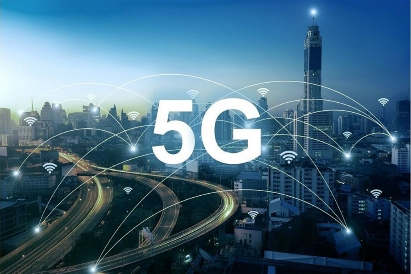
5G technology is a complex ecosystem that involves multiple stakeholders, including network operators, equipment manufacturers, and application developers.
Interoperability and standardization are crucial to ensure seamless interactions between different components and vendors, enabling the widespread adoption and efficient operation of 5G networks.









### Importance of Interoperability and Standardization
1. **Seamless Network Interactions**: Interoperability ensures that different network components, such as base stations, core networks, and user equipment, can interact seamlessly, regardless of the vendor or technology used.
2. **Efficient Network Operation**: Standardization enables efficient network operation, as it simplifies network management, reduces operational costs, and improves overall network performance.
3. **Innovation and Competition**: Interoperability and standardization promote innovation and competition among vendors, as they can develop products and services that are compatible with multiple networks and ecosystems.
4. **User Experience**: Interoperability and standardization ensure a consistent and high-quality user experience, as users can access services and applications regardless of the network or device they use.
### Standardization Bodies and Initiatives
1. **3GPP (3rd Generation Partnership Project)**: 3GPP is the primary standardization body for 5G, responsible for developing and maintaining the technical specifications for 5G networks.
2. **ITU (International Telecommunication Union)**: ITU is a United Nations agency that plays a crucial role in standardizing 5G technologies, including spectrum allocation and network architecture.
3. **GSMA (Groupe Speciale Mobile Association)**: GSMA is an industry organization that promotes standardization and interoperability in the mobile industry, including 5G.
4. **NGMN (Next Generation Mobile Networks)**: NGMN is an industry forum that focuses on standardizing and promoting 5G technologies, including network architecture and service orchestration.
### Key Standardization Areas
1. **Radio Access Network (RAN)**: Standardization of RAN technologies, including 5G NR (New Radio) and LTE (Long-Term Evolution), is crucial for ensuring interoperability between different vendors and networks.
2. **Core Network**: Standardization of core network technologies, including 5G core and service-based architecture, is essential for ensuring seamless interactions between different network components.
3. **Network Slicing**: Standardization of network slicing technologies is necessary for enabling multiple independent networks to coexist on the same physical infrastructure.
4. **Service Orchestration**: Standardization of service orchestration technologies is critical for ensuring the efficient management and delivery of services over 5G networks.
### Challenges and Future Directions
1. **Fragmentation**: The risk of fragmentation in 5G standardization, particularly in areas like RAN and core network, can hinder interoperability and limit the widespread adoption of 5G technologies.
2. **Complexity**: The complexity of 5G networks, including the introduction of new technologies like network slicing and service orchestration, can make standardization more challenging.
3. **Security**: Ensuring the security of 5G networks, including the protection of user data and prevention of cyber threats, is a critical challenge that requires standardization and collaboration among stakeholders.
4. **Emerging Technologies**: The integration of emerging technologies, such as artificial intelligence (AI) and edge computing, into 5G networks requires new standardization efforts and collaborations among stakeholders.
In summary, interoperability and standardization are essential for the widespread adoption and efficient operation of 5G networks. Standardization bodies and initiatives, such as 3GPP and ITU, play a crucial role in promoting interoperability and standardization in the 5G ecosystem. Addressing challenges like fragmentation, complexity, security, and emerging technologies will require continued collaboration and innovation among stakeholders to ensure the long-term success of 5G technologies.


Leave a Reply